Future-proofing cybersecurity: Understanding quantum-safe AI and how to create resilient defenses
Practical steps businesses can take to become quantum-ready today
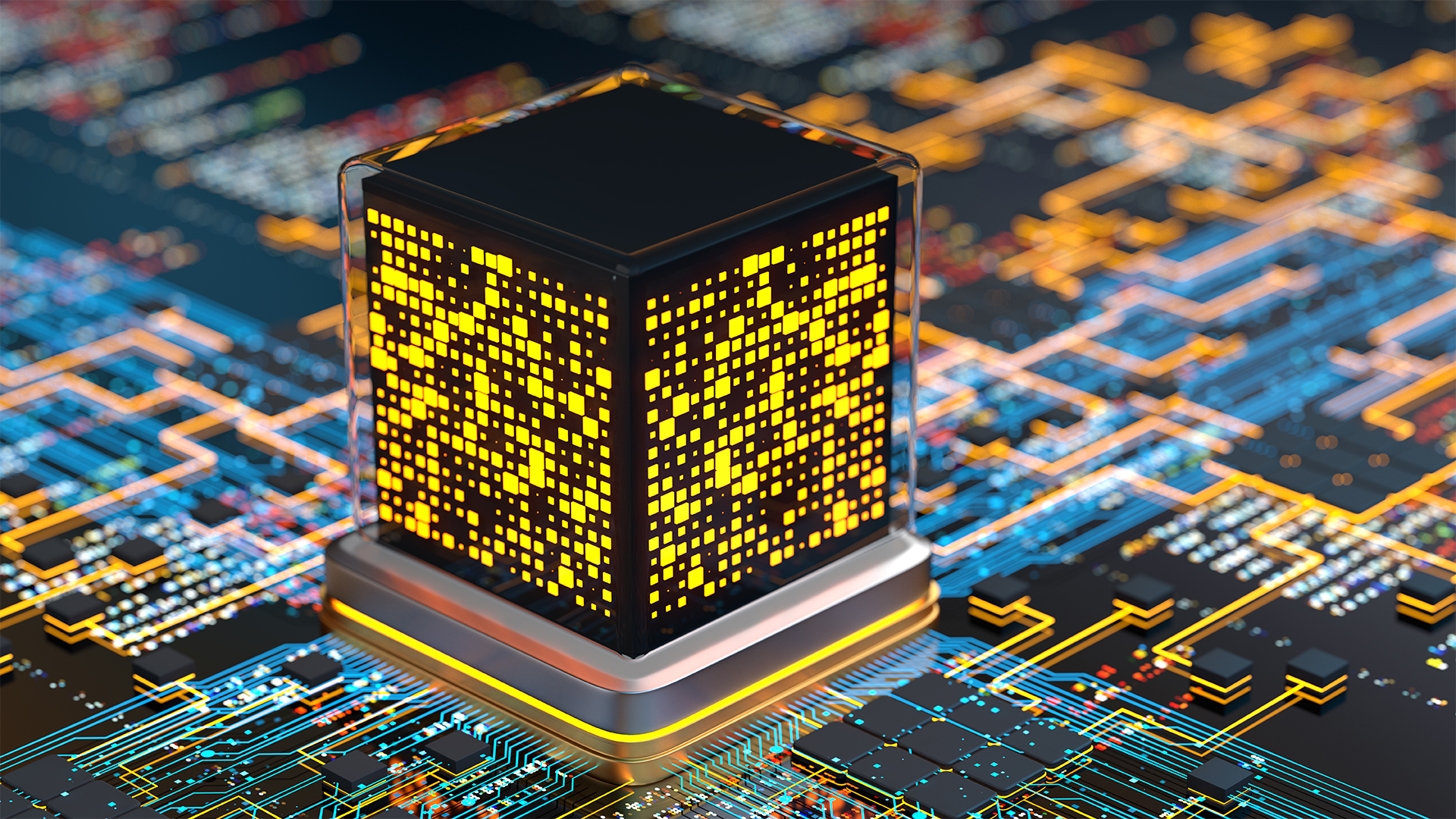

While generative AI has undeniably made its mark, quantum computing looms as the next disruptive technological revolution. Still in its early stages, its staggering potential to break current encryption standards is already igniting urgent conversations across the tech world.
At its core, a quantum computer uses the principles behind quantum mechanics to solve extremely complex problems. That’s why it’s poised to be problematic when it comes to encryption, because encryption is designed to be complex and unbreakable (for modern computing standards); yet, quantum computers will have significant computational capabilities.
The main concern of a cryptographically relevant quantum computer (CRQC) is around its capabilities, as it’s theorized that the machine would break traditional public key cryptography (PKC) algorithms. While CRQCs are currently unavailable, the development trajectory of quantum computing suggests these could emerge by 2037 if not sooner.
Even so, any CRQC would have to be extremely stable with a countless number of error-corrected qubits. This is not an easy problem to solve. So, while we could see CRQCs emerge in the near future, it’s realistic that they would be highly specialized and rare for some time after that. That said, there is still a risk worth prepping for here.
The importance of NIST’s encryption algorithms
The National Institute of Standards and Technology (NIST) has standardized three encryption algorithms that offer protection against quantum-enabled threats. These are intended to replace traditional encryption models and address specific cryptographic needs by utilizing methods such as secure key exchanges or digital signature verification.
The ML-KEM algorithm enables two parties to securely exchange a shared secret key over a public channel in a way that remains resistant to quantum attacks. This could benefit users of apps like WhatsApp, whose unique selling point is its end-to-end encryption (E2EE).
ML-DSA provides a secure method to generate and verify digital signatures. This would be fantastic for e-commerce, financial, or healthcare institutions that currently use digital signatures to streamline administrative processes and protect sensitive communications and data.
Stay up to date with the latest Channel industry news and analysis with our twice-weekly newsletter
SLH-DSA is a stateless, hash-based signature scheme. It uses hash functions (which turn data into a unique mixture of letters and numbers called a hash value) to help verify two things: if data has been tampered with or altered, and to authenticate the identity of the signatory.
Major platforms like Microsoft have been adopting these in Quantum Safe Programs. They have been incorporating these algorithms into their open-source cryptographic libraries like SymCrypt, which is used in Windows 10 & 11, Windows Server, and Azure.
Housekeeping before Q-Day
These are some of the solutions in preparation for Q-Day, the day when quantum computers become as prevalent as AI in the office. But before addressing quantum-level solutions, it's crucial to prioritize the fundamentals of cybersecurity.
Even with advanced cybersecurity technologies, human error accounts for 95% of breaches, and many of these start with phishing attacks. This makes AI-powered phishing simulations crucial for training employees, as these models learn from and build on a user’s mistakes to improve their awareness and response to real threats.
Coupled with ongoing cyber-awareness training, the implementation of Zero Trust principles and least privilege access, which verify all connections and grant access only when necessary, creates a proactive security culture in the office that helps set the stage for a quantum-ready organization.
How to prep for Q-Day
Only after a business’s security posture has been elevated should an organization identify where vulnerable cryptographic algorithms are currently in use across its systems. Then, with this understanding, they can look for services and providers offering quantum-safe encryption solutions. These technologies will form the backbone of secure communication in the upcoming post-quantum era.
All in all, organizations that take the lead in adopting quantum-safe encryption, while equipping their people with the knowledge to become the best human firewall, will not only stand the best chance against CRQCs but also become the new standard in our upcoming quantum age.

Andy is a 20+ year IT professional specializing in Microsoft 365, cloud technologies, security, and infrastructure.
By day, he's a security evangelist for Hornetsecurity, leading technical content. By night, he shares his IT knowledge online or over a cold beer.
He holds the Microsoft MVP award in security.
-
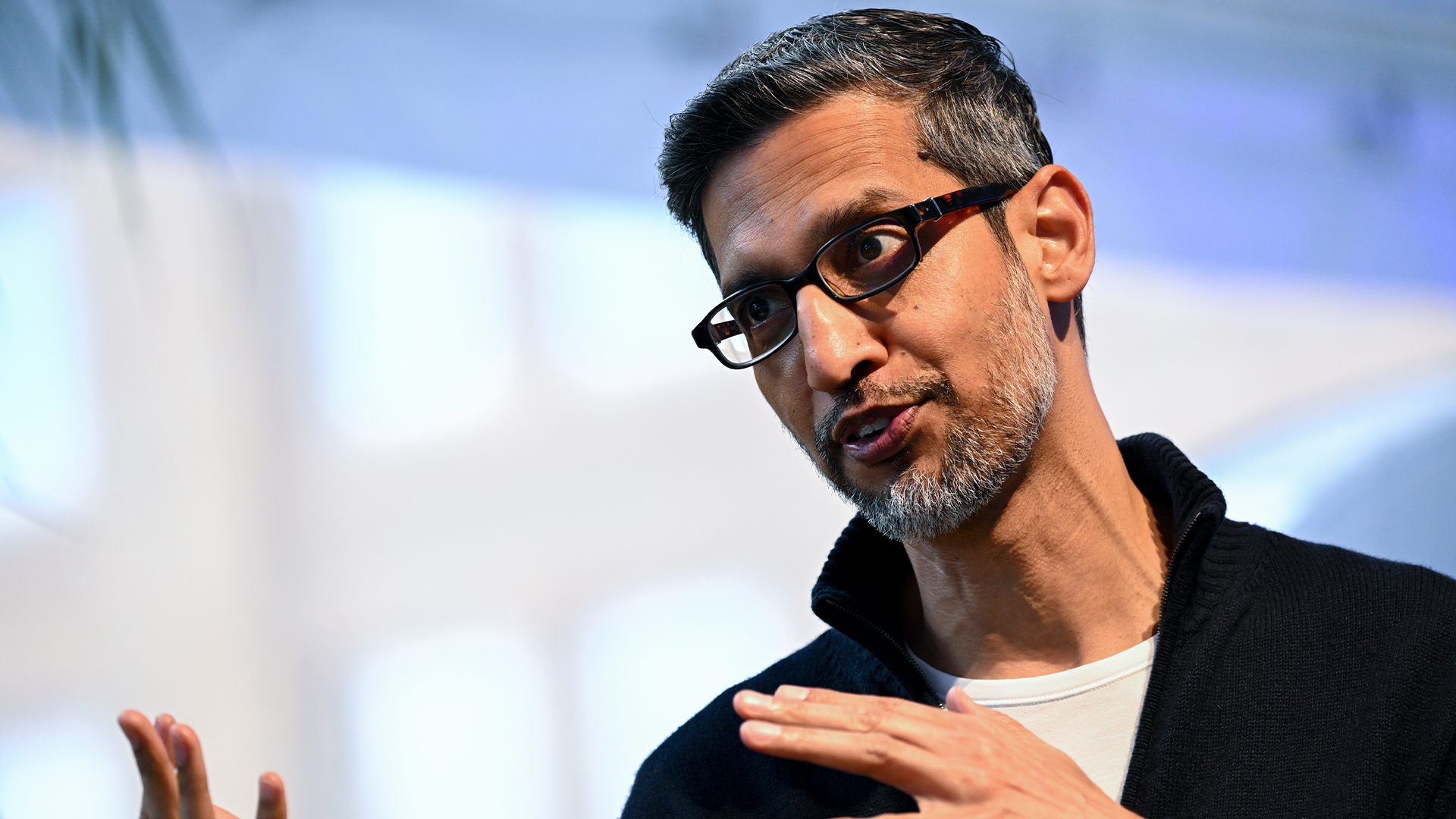 Google CEO Sundar Pichai says vibe coding has made software development ‘exciting again’
Google CEO Sundar Pichai says vibe coding has made software development ‘exciting again’News Google CEO Sundar Pichai claims software development has become “exciting again” since the rise of vibe coding, but some devs are still on the fence about using AI to code.
-
 15-year-old revealed as key player in Scattered LAPSUS$ Hunters
15-year-old revealed as key player in Scattered LAPSUS$ HuntersNews 'Rey' says he's trying to leave Scattered LAPSUS$ Hunters and is prepared to cooperate with law enforcement
-
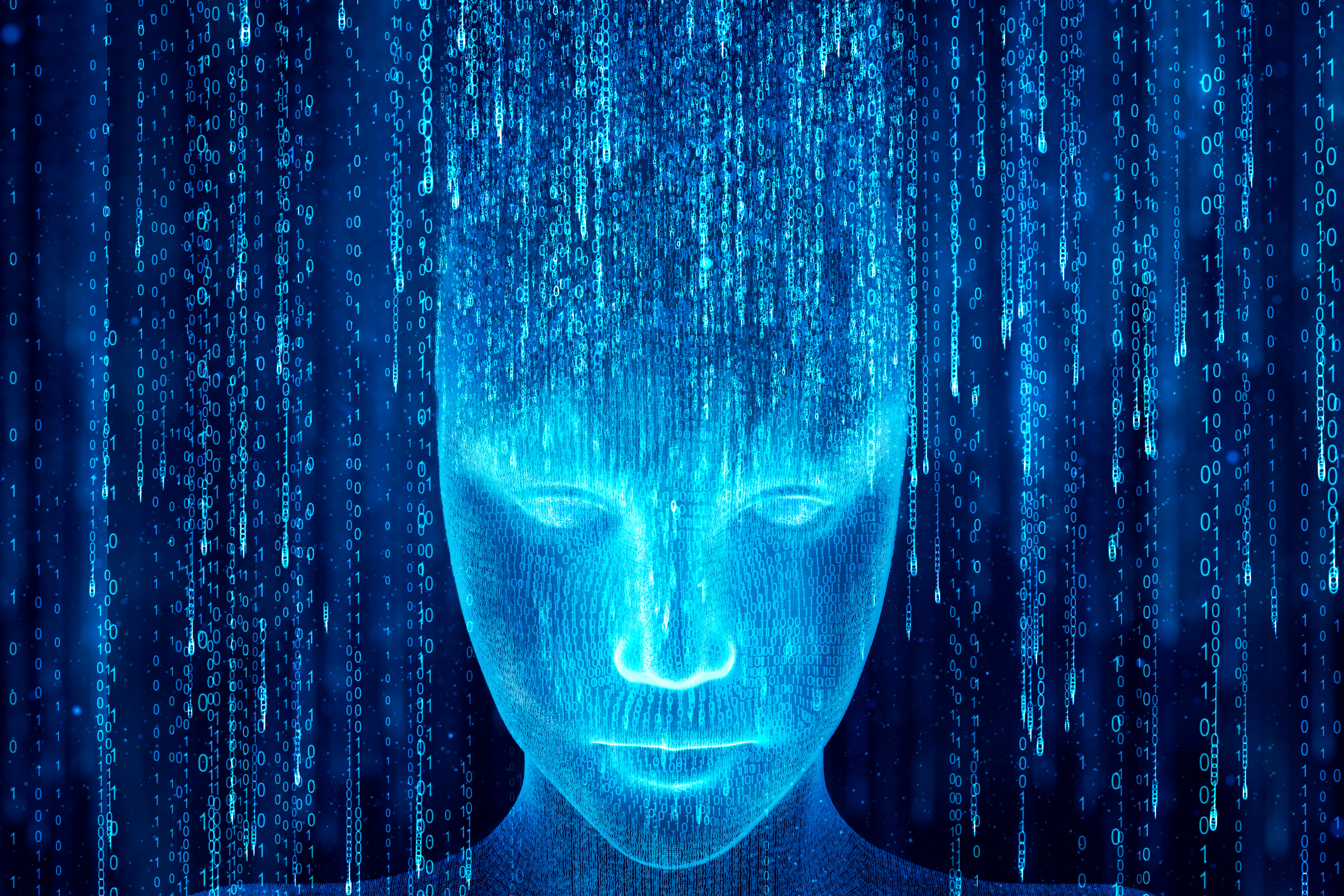 Unlocking long-term channel success with AI
Unlocking long-term channel success with AIIndustry Insights AI has evolved into a strategic, trusted business enabler delivering measurable value
-
 IBM is targeting 'quantum advantage' in 12 months – and says useful quantum computing is just a few years away
IBM is targeting 'quantum advantage' in 12 months – and says useful quantum computing is just a few years awayNews Leading organizations are already preparing for quantum computing, which could upend our understanding of linear mathematical problems
-
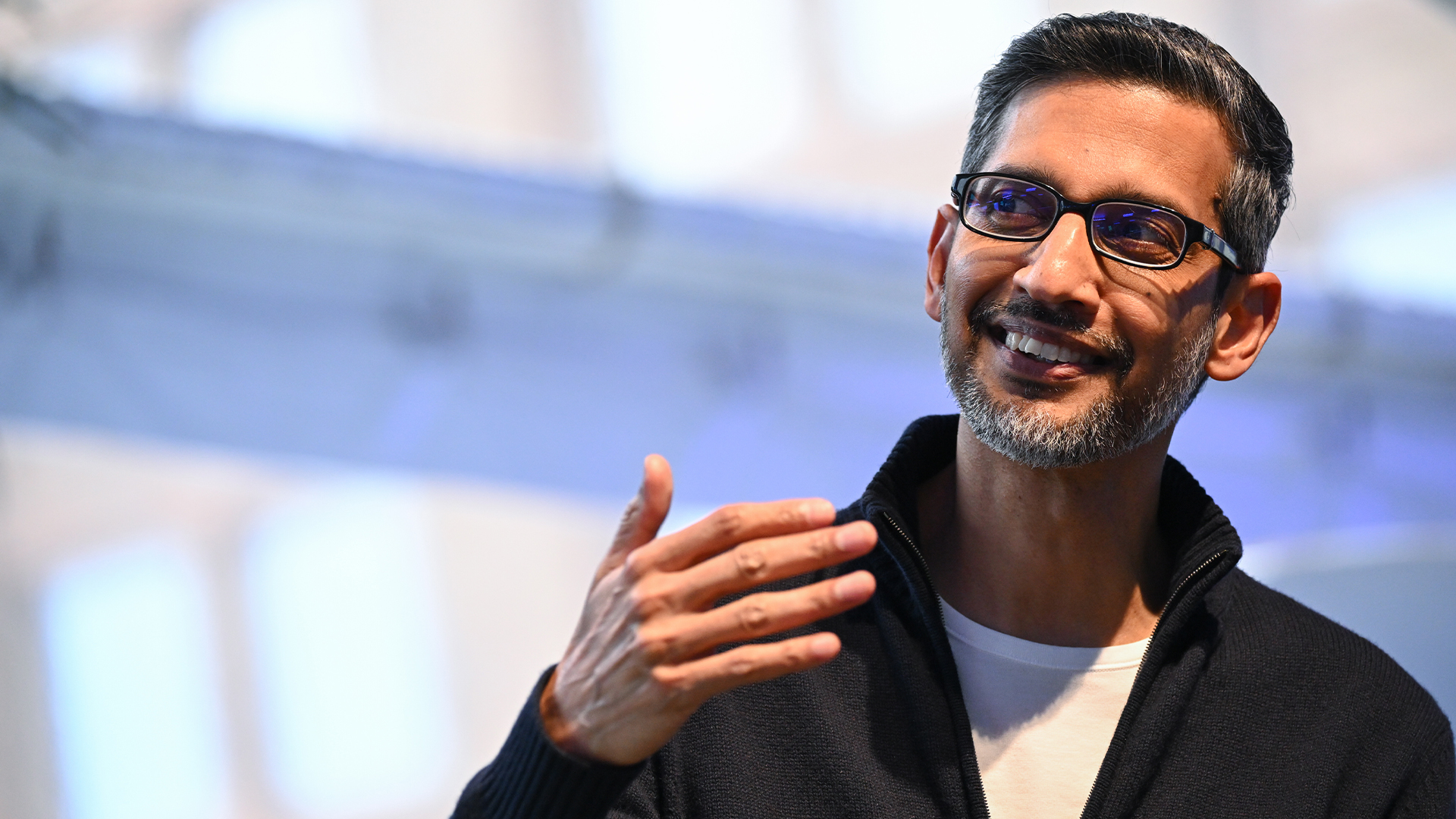 Sundar Pichai thinks commercially viable quantum computing is just 'a few years' away
Sundar Pichai thinks commercially viable quantum computing is just 'a few years' awayNews The Alphabet exec acknowledged that Google just missed beating OpenAI to model launches but emphasized the firm’s inherent AI capabilities
-
 AI is transforming storage, and creating new opportunities for channel partners
AI is transforming storage, and creating new opportunities for channel partnersIndustry Insights AI will have a profound impact on storage and channel partner growth
-
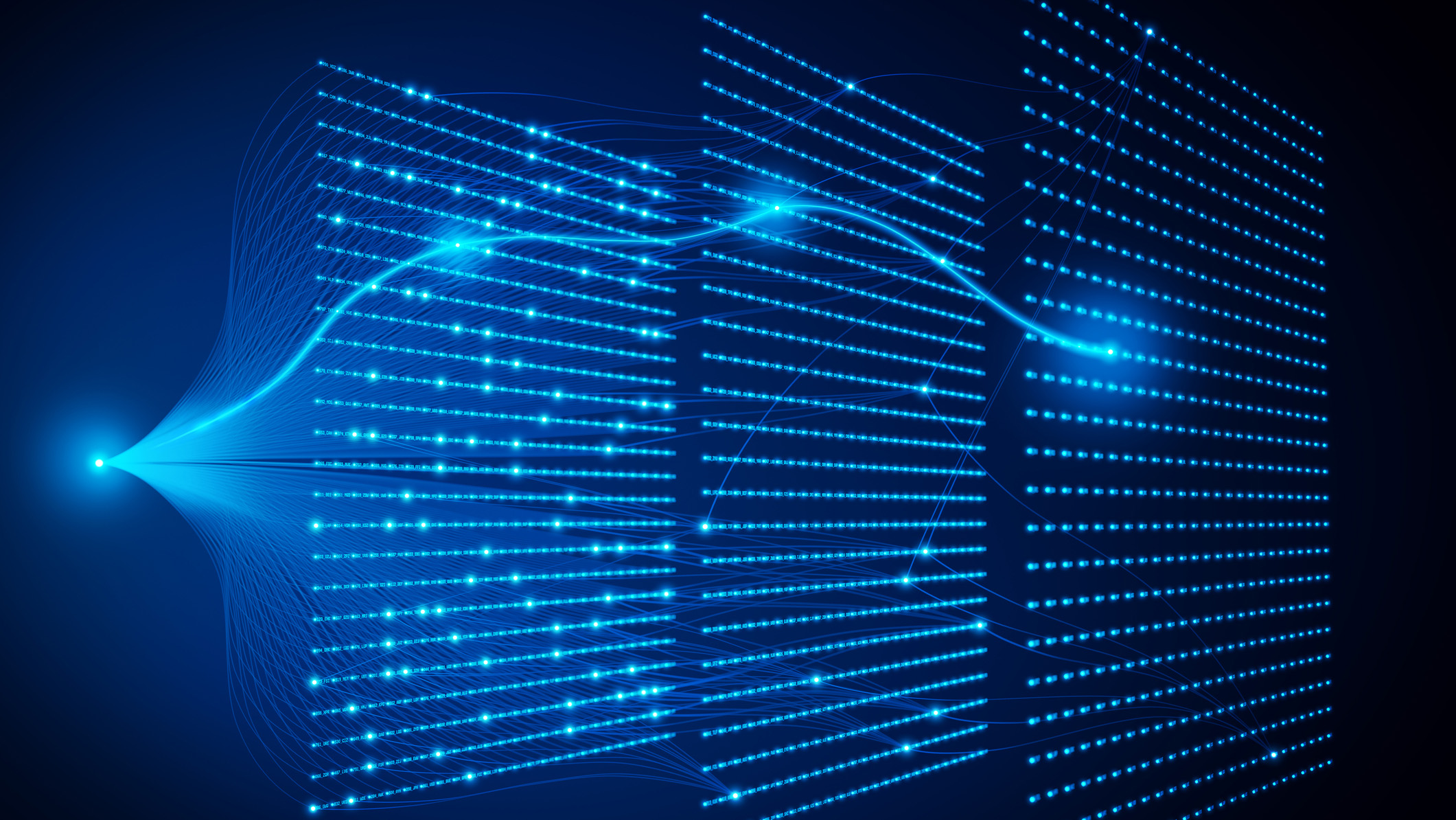 From real-time to reasoning: Why NoSQL is core to agentic AI
From real-time to reasoning: Why NoSQL is core to agentic AIIndustry Insights As businesses race to integrate AI into their operations, many are hitting the same stumbling block: their data infrastructure wasn’t built for it
-
 Reclaiming the gold standard for MSPs with AI and Automation
Reclaiming the gold standard for MSPs with AI and AutomationIndustry Insights AI and automation aren’t obstacles to overcome - they are opportunities to be seized…
-
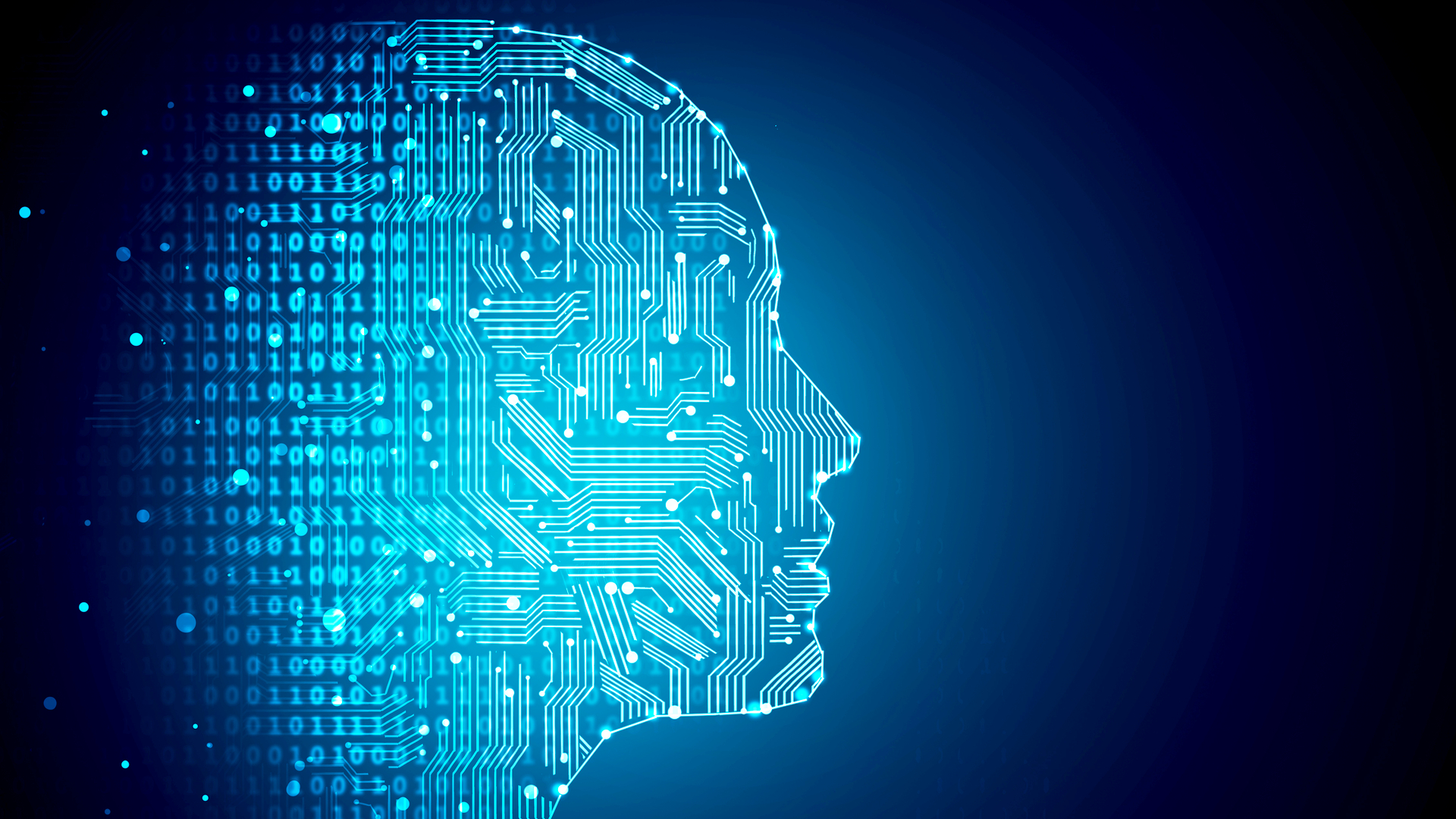 Dynamic pricing’s AI revolution is here, but can ethics exist alongside profits?
Dynamic pricing’s AI revolution is here, but can ethics exist alongside profits?Industry Insights Can AI use in dynamic pricing make it both ethical and profitable?
-
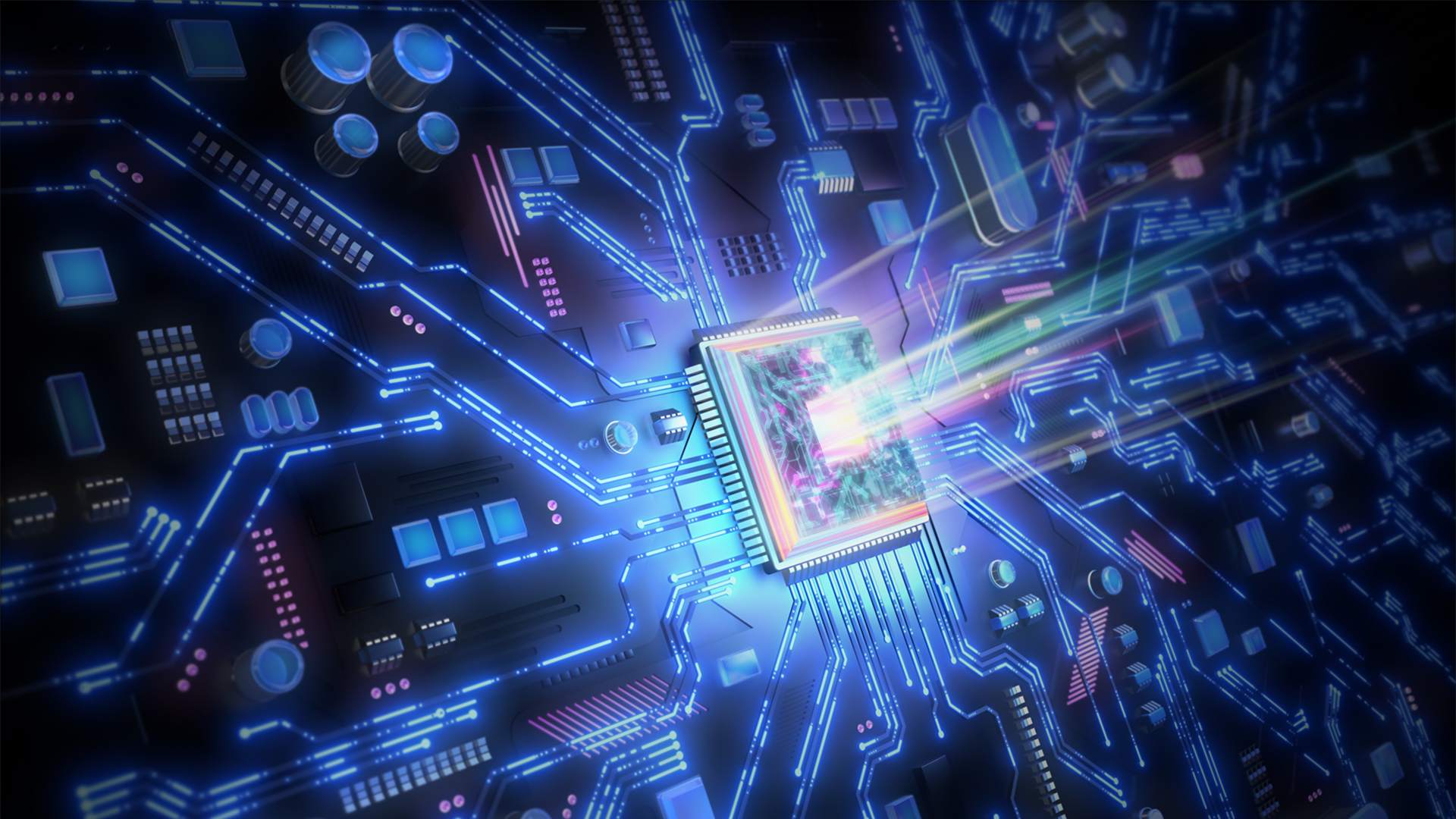 IBM and AMD are teaming up to champion 'quantum-centric supercomputing' – but what is it?
IBM and AMD are teaming up to champion 'quantum-centric supercomputing' – but what is it?News The plan is to integrate the two technologies to create scalable, open source platforms